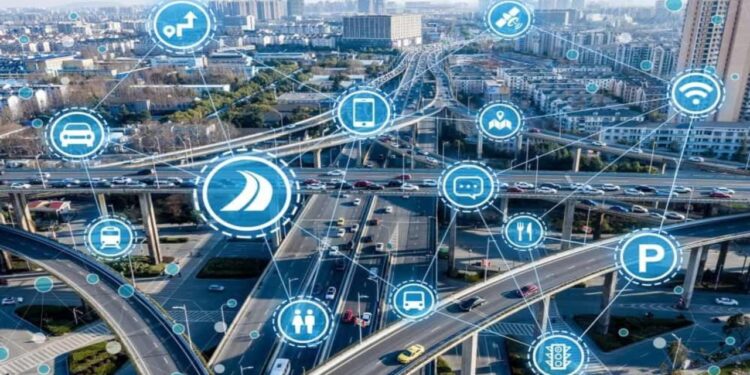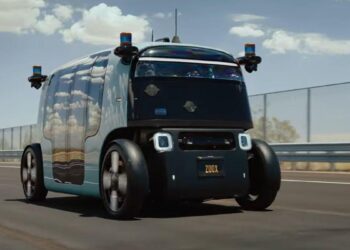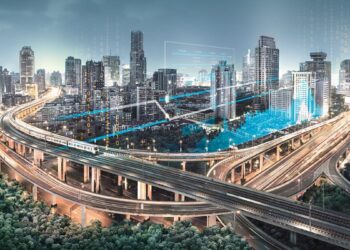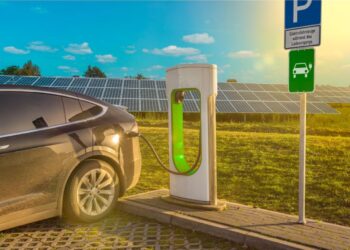The way we move around our cities is undergoing a radical transformation. For decades, urban life has been dominated by the private automobile, leading to crippling traffic congestion, worsening air quality, and sprawling, car-centric urban design. But a new era is dawning, one driven by a convergence of technology, sustainability, and changing consumer behaviors. The urban mobility revolution is not a single solution but a comprehensive ecosystem of interconnected services, from shared vehicles and micro-mobility to intelligent public transit and hyper-connected city infrastructure. This movement is poised to make our cities more livable, our commutes more efficient, and our planet healthier.
This comprehensive guide will take you on a deep dive into the key trends and innovations shaping the future of urban transport. We’ll explore the rise of Mobility-as-a-Service (MaaS), the critical role of micro-mobility and shared fleets, the power of smart infrastructure, and the policies that are making these changes a reality. By the end, you will have a clear understanding of how these solutions are not just about getting from point A to B but about creating a new urban paradigm where people and the environment are prioritized. The revolution is already underway, and its impact will be felt in every street, every neighborhood, and every aspect of our daily lives.
A. The Rise of Mobility-as-a-Service (MaaS)

The core of the urban mobility revolution is a fundamental shift in mindset: from owning a vehicle to accessing a service. Mobility-as-a-Service (MaaS) is the paradigm that makes this a reality, integrating various forms of transport into a single, seamless, on-demand platform. It’s about a single app that can plan, book, and pay for your entire journey, no matter what combination of transport modes you use.
- A. The Seamless Journey: Imagine a morning commute that starts with a shared electric scooter to the nearest subway station, a quick train ride through the city, and a short walk or shared e-bike to the office. A MaaS app would handle all of this in one transaction, offering a single fare and a single, optimized route. This eliminates the friction of switching between different apps and payment systems, making public and shared transport far more appealing than driving.
- B. The Data-Driven Experience: MaaS platforms collect and analyze vast amounts of data on travel patterns, traffic congestion, and demand. This data allows them to provide real-time, dynamic routing to users, helping them avoid delays. It also provides city planners with invaluable insights to improve traffic flow and infrastructure design.
- C. The Subscription Model: For a fixed monthly fee, a MaaS subscription could give users unlimited access to public transit, a certain number of ride-hailing trips, and discounted rates on car-sharing and e-bikes. This model offers a predictable cost and a hassle-free experience, making it a compelling alternative to the high costs of car ownership, including insurance, maintenance, and parking.
- D. Beyond the Commute: MaaS is not just for daily commuters. It can be used for any trip, from a spontaneous visit to a museum to a late-night ride home. It provides a level of flexibility that the private car simply cannot match, giving people the freedom to choose the right mode of transport for every situation.
B. The Power of Shared and Micro-Mobility
To solve the “first-and-last-mile” problem—the short distance between a person’s home and a public transit hub, or the hub and their final destination—a new class of vehicles has emerged. These are the tools that make MaaS viable and make urban areas more navigable.
- A. Electric Scooters and E-Bikes: These lightweight, personal electric vehicles are a game-changer for urban areas. They are ideal for short trips, are easy to park, and produce zero emissions. The proliferation of shared e-scooter and e-bike fleets has given millions of urban dwellers a convenient and affordable way to cover short distances without resorting to a car.
- B. Car-Sharing Fleets: The idea of car ownership is losing its appeal for many urban dwellers. Car-sharing services, where users can access a vehicle on-demand for a short period, provide the convenience of a car without the financial burden of ownership. As these fleets become all-electric and, eventually, autonomous, they will become an even more efficient and sustainable alternative.
- C. The Rise of Autonomous Shuttles: In the future, fleets of small, autonomous electric shuttles will provide on-demand transit for specific urban routes. These shuttles, which can carry a small number of passengers, will be able to operate on a flexible schedule, providing a more efficient and personalized public transit experience, especially in areas where a large bus or subway is not economically viable.
- D. The Sharing Economy at Work: Shared and micro-mobility are prime examples of the sharing economy. They are a fundamental shift from a model of individual ownership to a model of shared access. This is not only more economically efficient but also dramatically reduces the total number of vehicles needed to serve an urban population, freeing up valuable street and parking space.
C. The Foundation of Smart Infrastructure and Planning
The urban mobility revolution is a physical one as much as it is a digital one. Without smart, interconnected infrastructure and thoughtful urban planning, the new mobility ecosystem cannot reach its full potential.
- A. The Internet of Things (IoT) in Transport: Sensors embedded in vehicles, roads, and traffic lights will collect and analyze vast amounts of data in real-time. This data will be used to dynamically manage traffic, optimize routes for emergency services, and provide real-time information to commuters. For example, a smart parking system could use IoT sensors to guide drivers to open spots, reducing the time spent circling and looking for parking.
- B. The Connected Urban Grid: In a smart city, the mobility ecosystem is deeply connected to the power grid. Electric vehicles will be able to communicate with smart charging stations to charge during off-peak hours when electricity is cheapest and cleanest. Vehicle-to-Grid (V2G) technology will allow EVs to send power back to the grid during peak demand, turning every EV into a mobile power source that helps stabilize the urban energy system.
- C. Pedestrian and Cyclist-First Design: The urban mobility revolution is about prioritizing people over cars. City planners are creating more pedestrian-friendly zones, dedicated bike lanes, and green spaces. These designs not only make cities safer and more pleasant but also encourage more people to choose walking and cycling for short trips, which are the most sustainable forms of transport.
- D. Integrated Urban Planning: The future of sustainable urban living lies in creating mixed-use communities where people can live, work, and shop in the same neighborhood. This design philosophy reduces the need for long-distance travel in the first place, making it easier for people to rely on walking, cycling, or public transit for their daily errands.
D. The Policy and Economic Levers
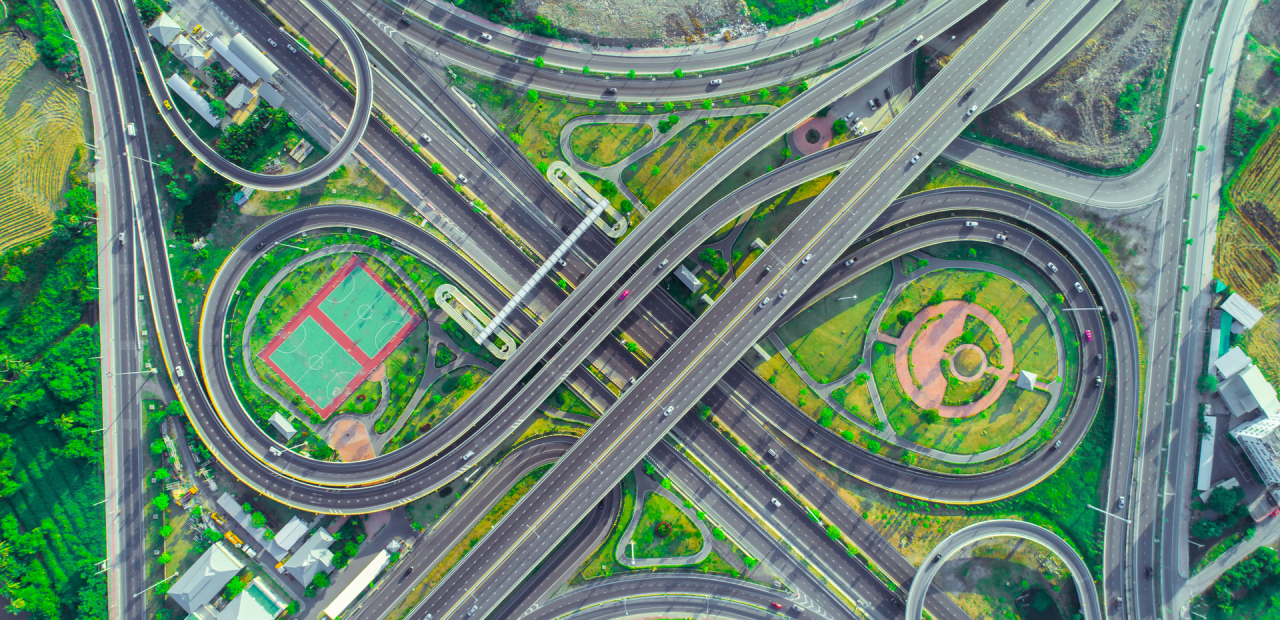
For the urban mobility revolution to gain traction, it must be supported by forward-thinking government policies and economic incentives that encourage a shift away from fossil fuels and private car ownership.
- A. Congestion Pricing: Charging a fee to enter a busy city center during peak hours can significantly reduce traffic and encourage the use of public transit, cycling, and walking. This policy has been successfully implemented in cities like London and Stockholm, leading to a reduction in both congestion and pollution.
- B. Incentives for Green Transport: Governments are offering tax credits and subsidies to consumers who purchase electric vehicles and to companies that develop sustainable transport solutions. These incentives help make green alternatives more affordable and accelerate their adoption.
- C. Investment in Public Transit: A strong, reliable public transit system is the backbone of sustainable urban mobility. Governments must invest heavily in expanding and modernizing their public transit networks to provide a viable and attractive alternative to private cars. This includes everything from electrifying bus fleets to building new rail lines.
- D. Data Sharing Regulations: To create a seamless, MaaS-powered ecosystem, private mobility companies must be willing to share data with city governments. Policymakers must create regulations that ensure data privacy while also encouraging collaboration and innovation. This will allow for a truly integrated and efficient transport system.
Conclusion
The urban mobility revolution is not just a trend; it is a fundamental shift in how we think about cities, transportation, and our relationship with the environment. It is a powerful response to the twin challenges of urban congestion and climate change, offering a clear and actionable path toward a more sustainable and livable future. By moving away from a reliance on the private car and embracing a new ecosystem of shared, electric, and on-demand services, we can reclaim our city streets, improve our air quality, and create a more equitable and efficient way for everyone to move.
The success of this revolution depends on a collaborative effort between innovators, city planners, policymakers, and citizens. It requires a willingness to invest in smart infrastructure, to support new business models, and to adopt new ways of getting around. The future of our cities is not one of endless traffic jams and parking lots but one of vibrant public spaces, quiet streets, and seamless, interconnected journeys. The tools to build this future—from electric scooters and autonomous shuttles to MaaS platforms and smart traffic grids—are already here. We are no longer just building cars; we are building a new urban reality. By embracing the urban mobility revolution, we are not just improving our commutes; we are building a better, more sustainable, and more human-centered world for generations to come.

